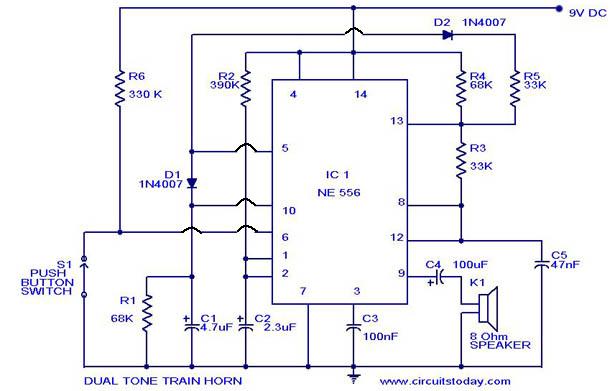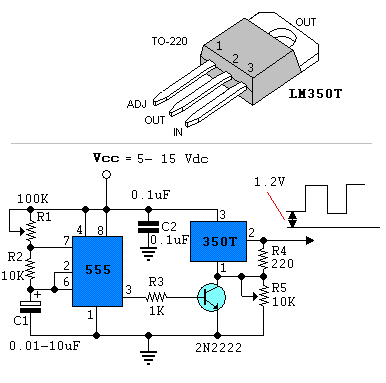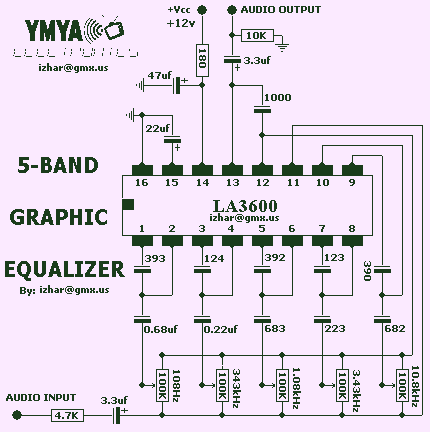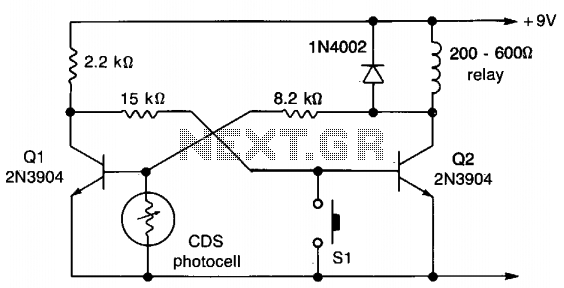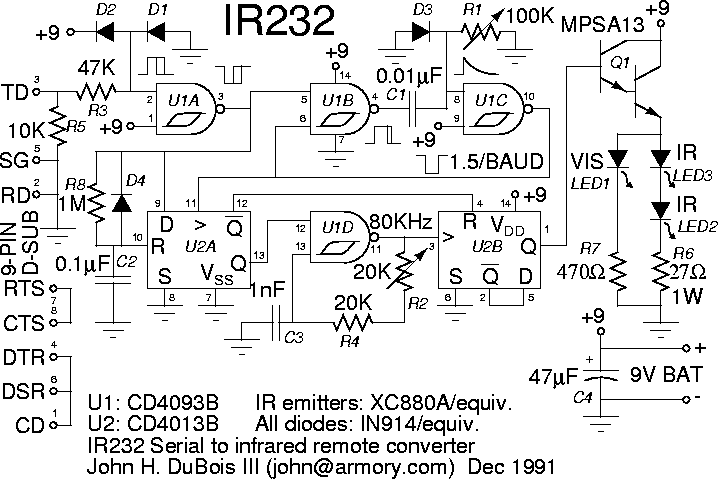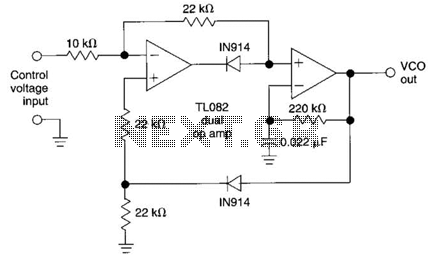
Constantly changing light and sound analog controller circuit 07
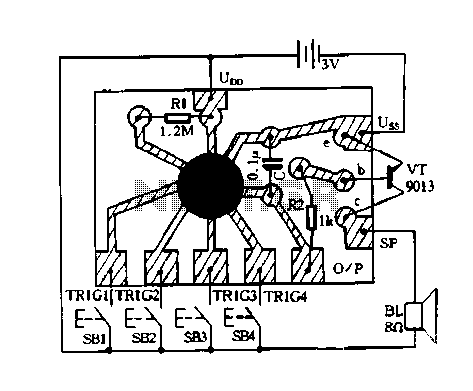
Constantly changing light and sound analog controller circuit 07
The circuit described is an analog controller designed to modulate light and sound in a dynamic manner. This circuit utilizes various electronic components to create an interactive experience where both light intensity and sound output can be adjusted in real-time. The core of the design typically includes operational amplifiers, resistors, capacitors, and possibly transistors to facilitate the modulation processes.
In this circuit, light modulation may be achieved through the use of light-emitting diodes (LEDs) or incandescent bulbs, which can be controlled by varying the voltage supplied to them. The sound output could be generated using a piezoelectric speaker or a small audio amplifier, where the frequency and amplitude of the sound can be altered based on the input signals from the controller.
To implement the constantly changing aspect, the circuit may incorporate a feedback mechanism, such as a light-dependent resistor (LDR) or a microphone, which detects changes in ambient light or sound levels. The feedback is processed through the operational amplifiers, which adjust the output signals accordingly. Additionally, the inclusion of a microcontroller can enhance the circuit's capabilities by allowing programmed patterns of light and sound changes, enabling more complex interactions.
Overall, this circuit exemplifies a versatile approach to creating an engaging environment through the integration of light and sound, demonstrating the principles of analog control in electronic design.Constantly changing light and sound analog controller circuit 07
The circuit described is an analog controller designed to modulate light and sound in a dynamic manner. This circuit utilizes various electronic components to create an interactive experience where both light intensity and sound output can be adjusted in real-time. The core of the design typically includes operational amplifiers, resistors, capacitors, and possibly transistors to facilitate the modulation processes.
In this circuit, light modulation may be achieved through the use of light-emitting diodes (LEDs) or incandescent bulbs, which can be controlled by varying the voltage supplied to them. The sound output could be generated using a piezoelectric speaker or a small audio amplifier, where the frequency and amplitude of the sound can be altered based on the input signals from the controller.
To implement the constantly changing aspect, the circuit may incorporate a feedback mechanism, such as a light-dependent resistor (LDR) or a microphone, which detects changes in ambient light or sound levels. The feedback is processed through the operational amplifiers, which adjust the output signals accordingly. Additionally, the inclusion of a microcontroller can enhance the circuit's capabilities by allowing programmed patterns of light and sound changes, enabling more complex interactions.
Overall, this circuit exemplifies a versatile approach to creating an engaging environment through the integration of light and sound, demonstrating the principles of analog control in electronic design.Constantly changing light and sound analog controller circuit 07
